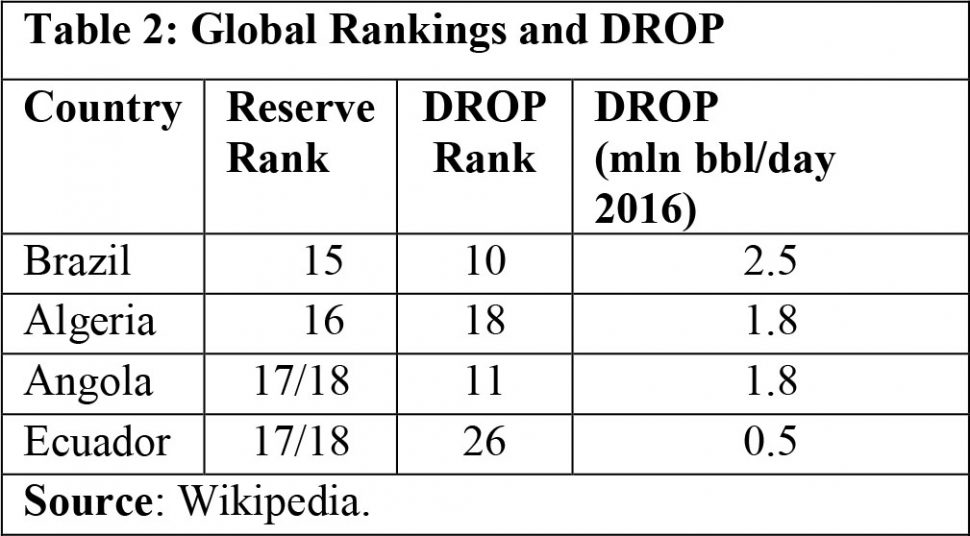Last week’s column indicated that, based on three published estimates of Guyana Government Take, the Strategic Road Map is premised on the country receiving the average of these estimates – 55 percent. Lacking reliable information on the life-cycle of the intended wells supplying crude, I am not in a position to offer any improved indication for that fiscal metric. The “rule-of-thumb” applied in the petroleum industry is that the “life-span of onshore oil and gas fields (from first oil to abandonment) ranges from 15 to 30 years.” For deepwater fields the rule-of-thumb is a range around 5 to 10 years; one-third that of onshore fields. The rationale for this difference is the high exploration and extraction costs of deepwater wells. Similar information on ultra-deepwater fields (as are some in Guyana) is scant. Experienced analysts do not offer/predict routinely a “reliable” rule-of-thumb for these.
Rystad Energy (2018) has supplied one of the three estimates of Guyana Government Take. It has also reported that “on average Government Take for all present offshore projects is around 75 percent.” Predictably, this is higher for major producing countries but lower for recently opened up frontier countries like Guyana. Here, “the range is 45 to 70 percent.” This range reinforces how sensible is the “guesstimate,” which I apply of 55 percent for Guyana’s Government Take.
Furthermore, whatever improvement in this Take occurs over time, this is not taken into consideration. Of note, such increase is likely to occur if, as expected, the Authorities succeed in improving their monitoring, reviewing, and verification (MRV) of existing Production Sharing Agreements (PSAs) and any new ones.


